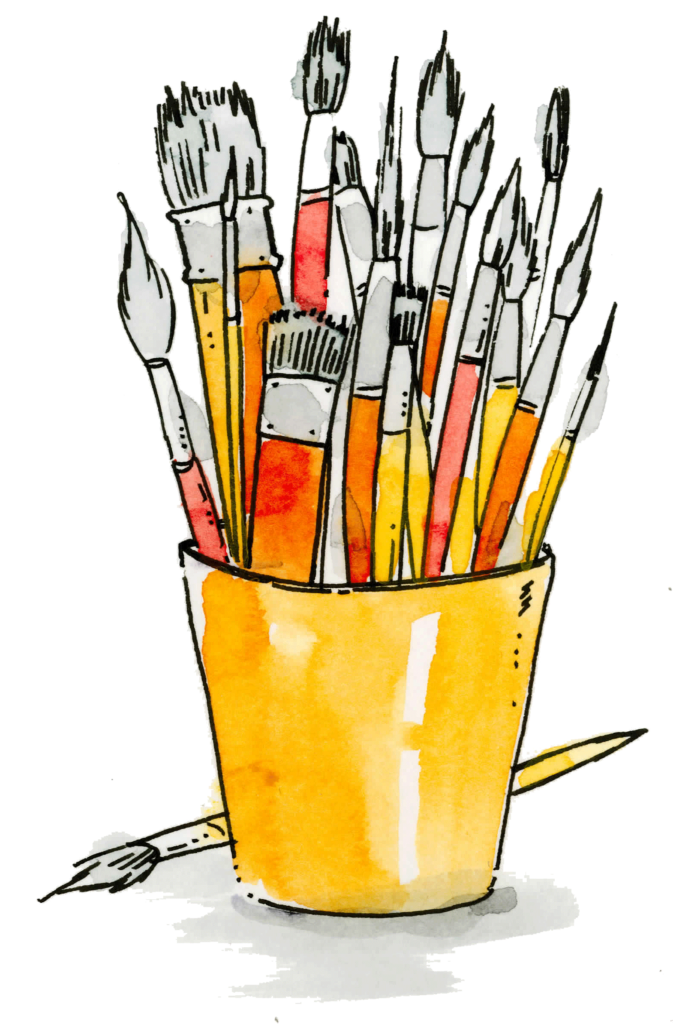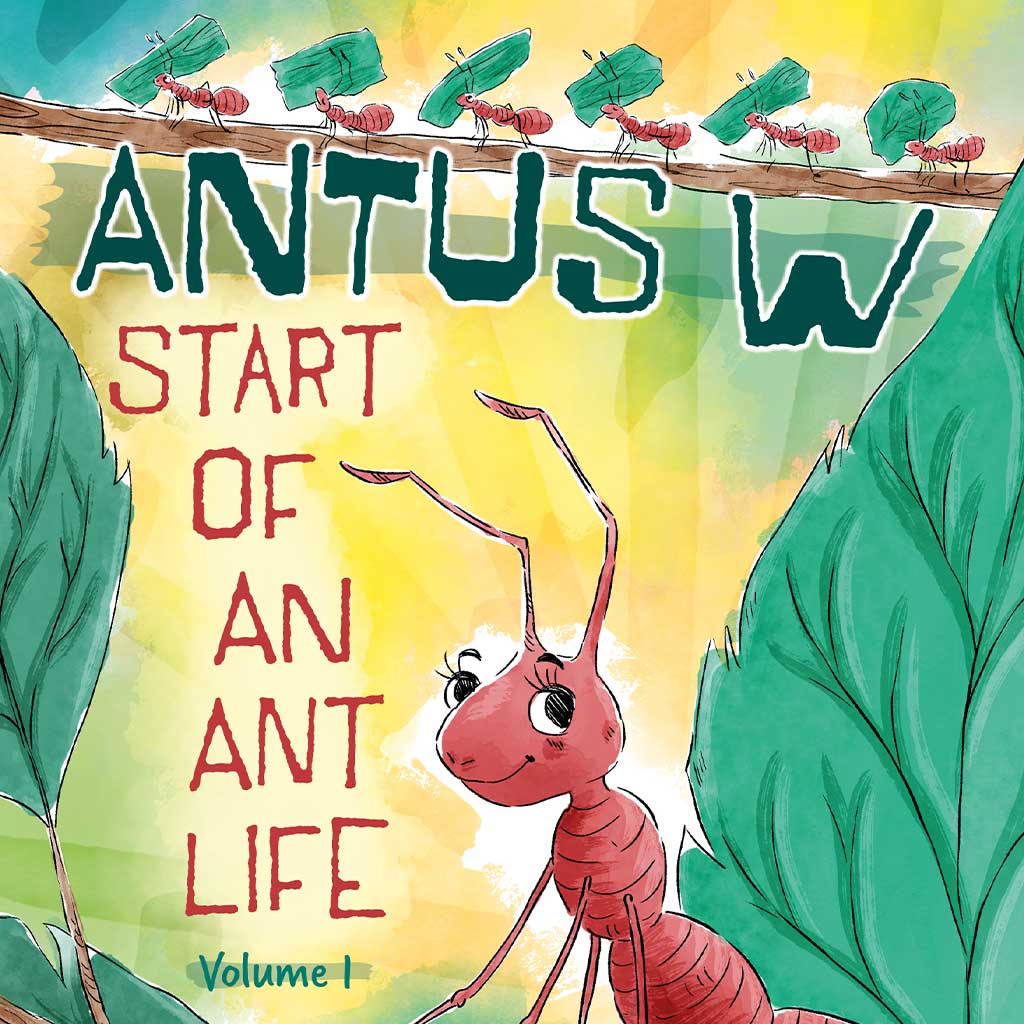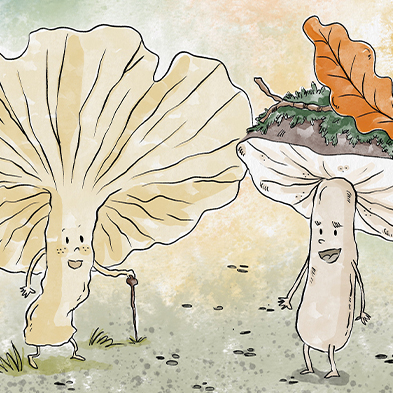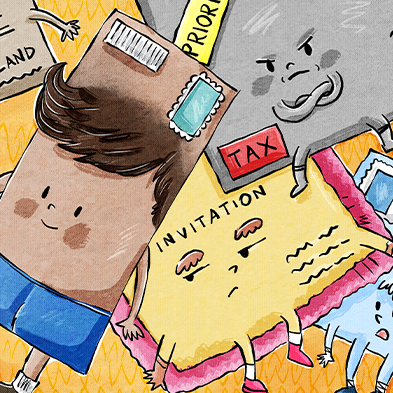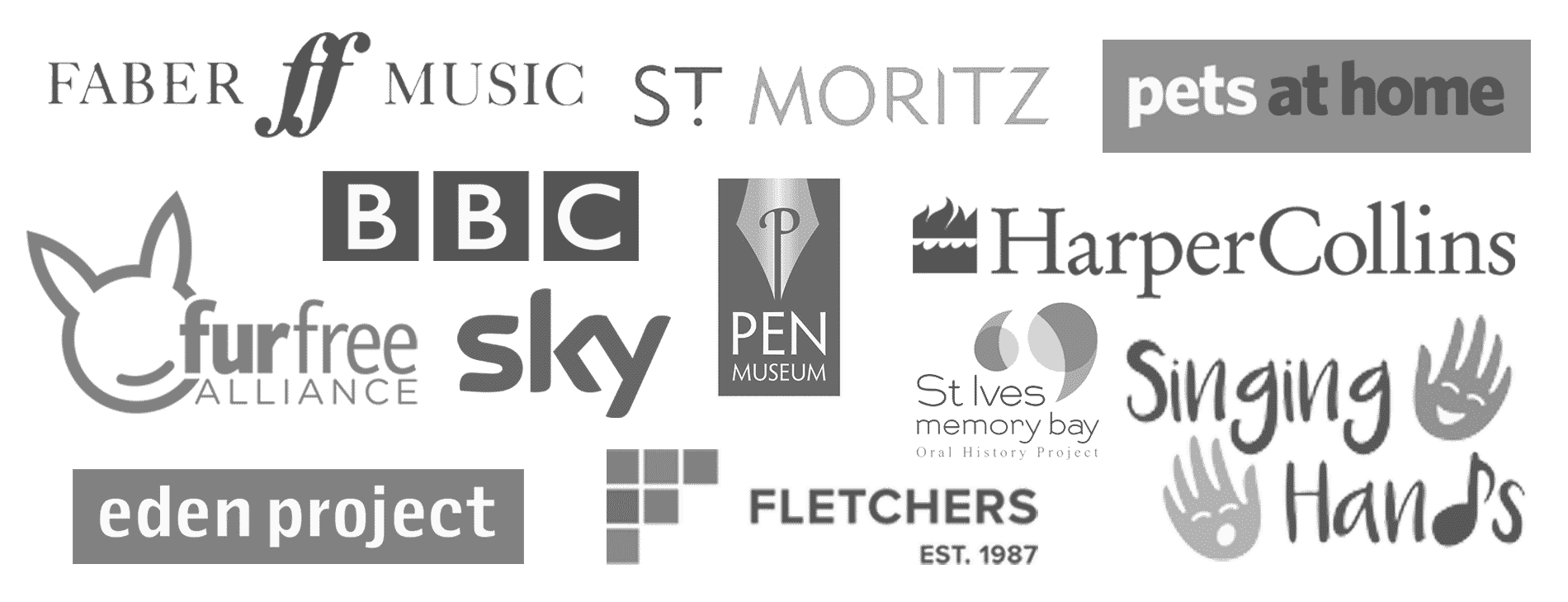So, you’ve written your story, you’ve decided on a title, and you feel you’re ready to get it illustrated. But what on earth does your character look like?!
Firstly, let’s see what kind of book you have written. This particular blog will deal with children’s illustrated books, as they are the most likely style of book to have illustrations that require you to know what your character looks like – and they are the ones that we mostly deal with here at Happydesigner HQ!
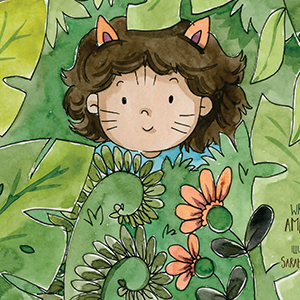
What Is a Picture Book?
You’ll find that some people are absolutely adamant they have created and written a picture book, when they have actually created an illustrated children’s story. There is actually a difference between the two, and it’s really helpful for us to illustrate your book if you know what you have created.
Picture Book or Illustrated Story?
A Picture Book is a large format storybook for the 0-6-year-old age group. Illustrated in full colour, it has a pre-specified number of pages that is never less than twenty-four and usually not more than forty.”
How to Write For Children – And Get Published. Louise Jordan.
In terms of picture books, you will have a book that is no more than forty pages, and not usually less than twenty-four pages, and this includes the front and back covers. This is generally the page breakdown by age, and the total number of pages is always (and must be) divisible by eight:
- 0-2 years: 24 pages
- 3-4 years: 32 pages
- 5-6 years: 40 pages
A picture book will also not top 1,000 words, and will generally be far fewer than this. A top tip from the brilliant How to Write For Children – And Get Published is to avoid rhyming stories. We see a lot of rhyming stories, which are great in your own language (and obviously if you are only writing for your friends and family with no intention on selling then this doesn’t apply) but are really tricky to translate. If your book does well and publishers pick up on it, they will want to sell the rights of the book abroad, and you will have a really tough time getting a rhyming book translated! Another tip is to avoid “novelty” books, such as lift-the-flap or pop-up books. These are expensive to make and as a first-time author, the investment may be too much for a publisher taking a risk on a new author. We’ll deal with how to get your children’s book published in another blog, and this will deal with rights and publishers, plus tricks and tips.
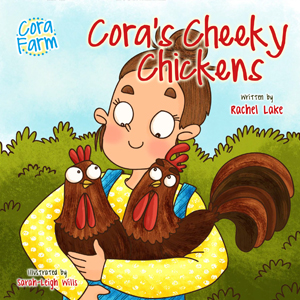
An illustrated story is just that – a story you have written that requires illustration. Think of stories like Matilda, or the Grimm’s Fairy Tales. These are actual stories that have been written as stories and usually aimed at the older market, 6+. They are different from a picture book, and will require a slightly different by you as author, and Sarah as illustrator. The tips here will still help you to come up with visualising your characters though, so read on!
So I’ve decided on my book style; what now?
You now know that you are writing, or have written, a picture book or a story that requires illustrations. Well done you! But what on earth do you tell Sarah when she asks you how you’d like your characters drawn? First things first: choose your style. There are lots of resources on this website that should give you some tips and tricks on choosing style and characters, but this is the starting point:
- What are the personalities of each character?
- What does each character look like?
- What is the theme/style/mood of the picture book?
- What is going to go on which page?
- How is the book’s layout going to enhance the flow of the story?
- How do the characters move around in the book?
If you head to this page on this website you will see the style options, and a bit more in-depth info about how you can work with Sarah and how she works with you.
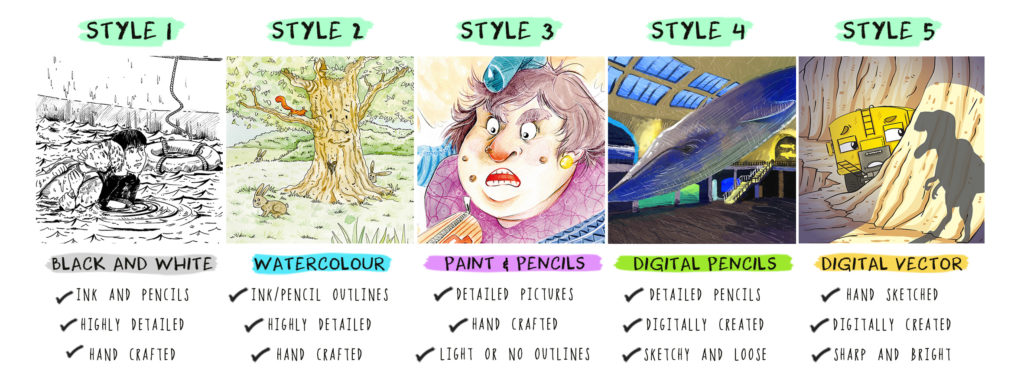
Choosing a style can really help to begin the process of visualising your book. Even when writing the story and imagining your characters, it can be tough to imagine them as actual pictures you can hold! So the style can be the first step to understanding what you like and don’t like. The other thing you can do is to browse the Happydesigner gallery. Find a few books you really connect with and like the look of and let Sarah know this, so she can put your illustrations into that context. These aren’t steps you can skip at this stage, this part is incredibly important so that you can get the images right from the start. Creating your book should be fun but it can become quite a task when you are on the fourteenth redraw. It also will save you some money in the long run, as you won’t need to pay for constant changes. The more you can picture your own characters, and translate that to Sarah, the easier it is all round!
What colour hair? What kind of clothes? What kind of shoes?
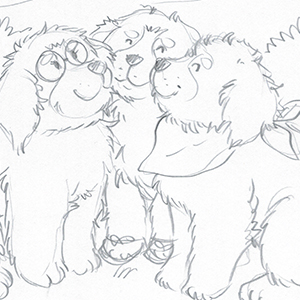
So! You have the style, the type of book and the general look of the book you like. Now for the details! This is where you get to “dress” your characters. You know if they are animals, or people, or trees. But what kind of clothes are they wearing? Do they wear clothes? Do they all have different skin tones? What kind of shoes are they wearing? Do they have a defining feature, like a big mole? The best starting point is to look at your story. Is the character defined by anything in the story? In Roald Dahl’s illustrated story, Matilda, the characters are very precisely drawn, and we can see Miss Trunchball or Mr Wormwood from how they are written and described. Equally, if a character has a defining feature that is mentioned in your story, or is part of the story, then this can lead you slightly. If your story is about a girl and boy who own magic red shoes then you are on the way to knowing a little bit about that character.
Take inspiration from around you
A lot of authors base their characters on people they know, or have come across in their life. This doesn’t mean a character has to look like your aunt Jane or your dog Rover. But you can take inspiration from them! Perhaps your aunt Jane had a pet snake, or Rover was really good at catching treats. Maybe your mum has a funky hairstyle, or your dad has a pair of old trousers he will not throw away, no matter how patched they are! Your characters can have traits of people around you, whether that’s physical or from their personality. It may be that your character is a monkey who has a friend that is a zebra, but if you anthropomorphise them well enough they will become believable. Remember that you are drawing for children, and you need to add recognisable features to your characters to make sure children engage with them. Sarah can advise, and remember that she has had a lot of experience, so listen to her! She’s done this for a long time and knows what does and doesn’t work. Trust in her!
Talk to me!
During your book creation process Sarah will keep in touch with you. This will take the form of a catch-up on a Monday, and she’ll let you know when. It’s worth preparing for the Monday chat by writing out any questions you have, as well as anything that requires changing. The initial meetings will be the most important in terms of drawing your character and creating your book, so make sure you ask questions and talk openly about what you want. Take your time to be sure, and most importantly: do you research! It’s so helpful to look at other children’s books (and other books you like!) to get inspiration. Be aware that Sarah will have her own way of working, so please don’t say “I want it to look exactly like The Gruffalo” because that is another illustrator’s work. But if you say “I like the style of The Gruffalo, can you work that into your illustrations somehow?” you’ll be on the right track! Be open, be informative and KNOW YOUR CHARACTERS! Happy imagining!
